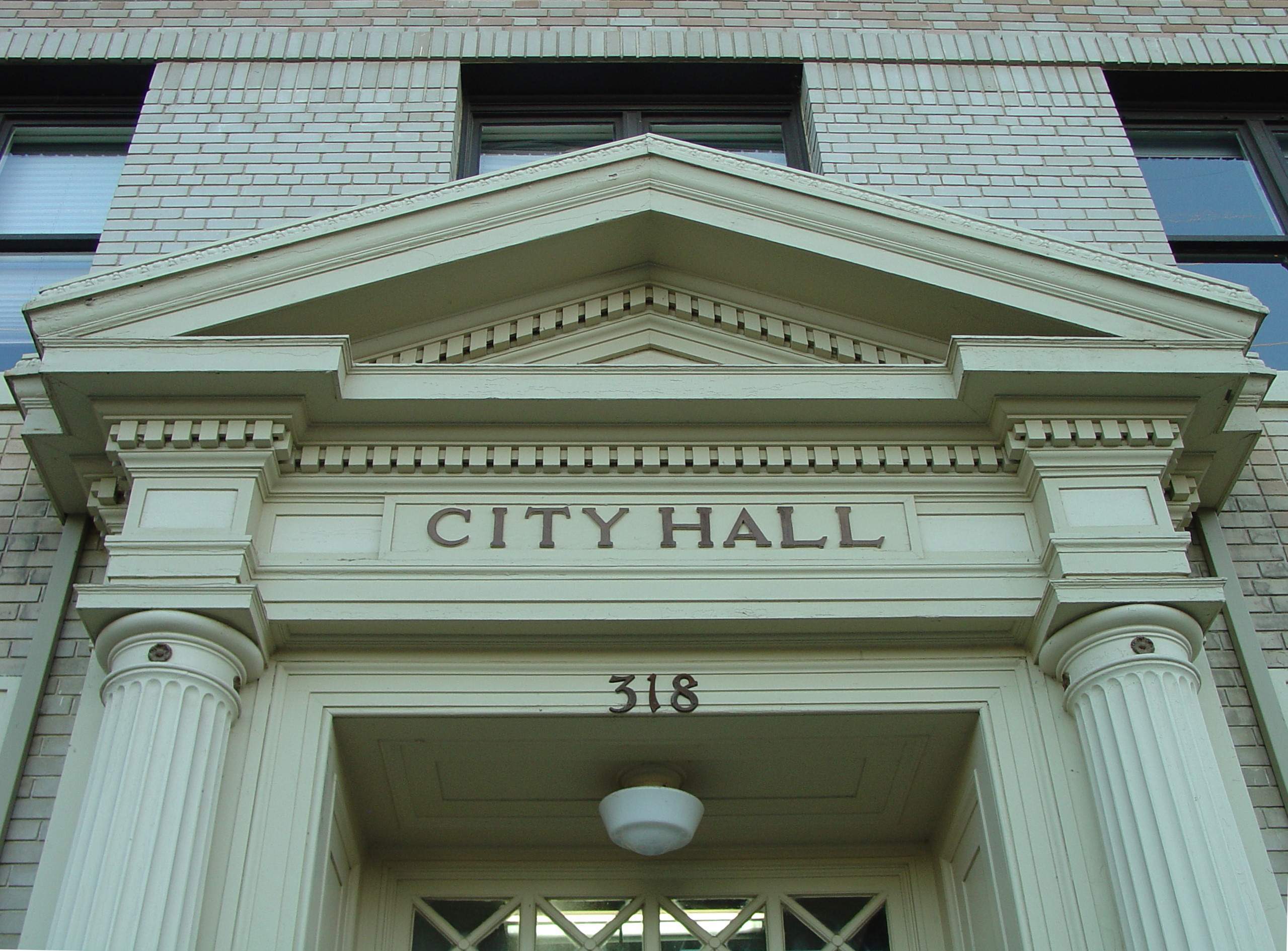Top 10 Community Needs According to US Residents
By Polco on April 17, 2023

There are dozens of competing goals local government leaders have to manage. Knowing what’s most important can be difficult to recognize. But a recent analysis boils down the top 10 most important community needs according to residents. Officials who understand these prime concerns can achieve greater success in planning and decision-making by knowing exactly what community members want.
The findings come from National Research Center (NRC), the proprietary laboratory of survey and data scientists at Polco. Researchers analyzed a nationwide, 30-year database of resident opinions alongside public community data to pinpoint what matters most to Americans today.
Life has been unpredictable in recent years, which has influenced what people think is important. Some results are surprising.
Counting Down the Top Community Needs According to Residents
10. Aging in Place
The older demographic will soon become the majority in the United States. The US Census Bureau estimates people over 65 will outnumber children under 18 by 2034. The unprecedented population shift will restructure what communities look like.
Our community needs change as we age. We require quality access to health care, suitable housing, activities, transportation, and other necessities. These resources allow us to stay home without relying on others for help. Data show just how important it is to maintain independence with aging.
The Community Assessment Survey for Older Adults (CASOA) by NRC at Polco captures older adults' opinions on livability. Results reveal that 84% of residents plan to remain in their community throughout retirement, highlighting that the majority of people plan to stay put as they age.
Unfortunately, many older adults are forced into long-term care or have to move from cities where services are unavailable. Governments that don’t facilitate aging in place now are already behind as Baby Boomers, the second-largest generation, move into their older years.
 “This is a population [governments] never intentionally planned for. But as our communities are aging, it’s now a very important group to pay attention to,” said Michelle Kobayashi, Principal Research Strategist for Polco.
“This is a population [governments] never intentionally planned for. But as our communities are aging, it’s now a very important group to pay attention to,” said Michelle Kobayashi, Principal Research Strategist for Polco.
9. Health and Wellness
“If the pandemic has taught us anything, it’s that the health and wellness of our residents is a major factor in community livability,” Kobayashi said.
The National Community Survey (The NCS) by NRC at Polco asks residents their opinions about their city or town where they live. The NCS results say most people rate their communities positively for fitness and recreation opportunities. However, results also display a need for better access to healthy food, affordable quality health care, mental health care, and preventative services.
Kobayashi says even though medical and food needs are not directly local government’s role, it’s important to be proactive in ensuring health-related resources are available.
8. Natural Environment
Many residents desire access to green space and nature. For instance, some “amenity migrants” move to places with better access to the outdoors. But The NCS results show only around 60% of residents approve of natural land preservation, cleanliness, and open space in their communities.
Getting on board with natural environment trends can make your community more desirable to residents. The blue and green infrastructure movement, for instance, incorporates water, plants, grass, and trees into urban areas. The 15-minute city movement ensures communities have access to necessities within that short drive time-span.
7. Education
Education has always been a top priority for American residents. But the community need became more of a priority as students and teachers alike struggled with remote learning throughout the pandemic. One study discovered students lost one-third of the school year during the height of Covid.
“The pandemic really did a doozy on education,” Kobayashi said.
Residents' approval of education in the US hovered around 70% on The NCS for many years. Then satisfaction rates plummeted after 2020. Many initially thought the drop in satisfaction with education might have been temporary, but the trend continued into 2022.
To turn things around, Kobayashi suggests an emphasis on teaching 21st century skills. “The day of working on conveyor belts and construction lines is over,” she said.
Training kids and adults in critical thinking, cultural competency, communication, technical literacy, collaboration, and creativity, will help align skills in modern day jobs and improve the decline in satisfaction in education.
6. Land Use
 Land use deeply influences the quality of a community. How land is utilized impacts economic development, affects transportation, determines the types of housing and population density, among many other effects. It can change the activities and the look of a place. For example, reducing agricultural lands for more urbanization will change the view and the type of work available.
Land use deeply influences the quality of a community. How land is utilized impacts economic development, affects transportation, determines the types of housing and population density, among many other effects. It can change the activities and the look of a place. For example, reducing agricultural lands for more urbanization will change the view and the type of work available.
Land use is also where governments have the most power to affect outcomes with regulations and policy changes.
“Land use always has to be on this list because governments have so much control over the quality of livability through how you design a community and land use policy,” Kobayashi said.
That said, The NCS ratings for land use often score low. About 50% of residents say growth is well-planned in their neighborhoods. About 40% feel positive about residential and commercial growth, as well as the variety of housing options. And only about 30% approve of the availability of quality affordable housing.
5. Public Trust
“Local government operates based on trust between residents and public servants. It’s difficult to build and so easy to lose,” said Matt Fulton, Senior Advisor of National Engagement for Polco and former City Manager for over 30 years.
Unfortunately, Americans are losing faith in local government.

Trust in local government went up during the pandemic; residents gained more appreciation for public services during the crisis. That changed over the last two years partially due to misinformation and polarization. Overall confidence in local government decreased from around 56% to 48% on The NCS from 2020 to 2022.
Residents want and expect inclusion in improving their community. Engaging community members in decision-making to reach a shared solution will start to rebuild lost trust.
Find Out the Top 5 Community Needs in an Exclusive Report
Download the Top 10 Community Needs According to Us Residents report to uncover the top 5 priorities. Understanding residents' wants and needs is priceless to local government decision-makers. It can help align government-resident priorities around the most important issues and streamline planning initiatives. Most importantly, informed and aligned decisions often produce better outcomes.
Download the Community Needs Report >>
If you'd rather listen in on a discussion on this topic, we count down a few of the top community needs in The Civil Review Podcast by Polco.
Popular posts
Sign-up for Updates
You May Also Like
These Related Stories

How To Prepare and Create an Age-Friendly Community

Top Ten Facebook Tips for Local Governments

